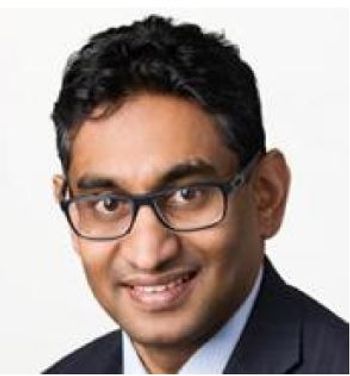
Longer Lives With ICDs Means More Heart Failure
ROCHESTER, N.Y. - Heart failure may be a consequence of a successful reduction in sudden cardiac death for patients given implantable cardioverter defibrillators (ICDs).
ROCHESTER, N.Y., June 14 - Heart failure may be a consequence of a successful reduction in sudden cardiac death for patients given implantable cardioverter defibrillators (ICDs).
Compared with patients who received medical therapy alone for heart attacks that reduced left-ventricular function, those who had ICDs implanted were 39% more likely to have a first hospitalization for heart failure (P=0.02) during an average of 20 months follow-up, according to data from the Multicenter Automatic Defibrillator Implantation Trial-II (MADIT-II).
They were also 58% more likely to be hospitalized for recurrent heart failure (P<0.001), Ilan Goldenberg, M.D., a MADIT-II researcher, and colleagues, reported in an online edition of Circulation, Journal of the American Heart Association.
An ICD improves survival in appropriately selected high-risk cardiac patients, with a 30% to 54% reduction in the risk of mortality from sudden death reported in several randomized trials. As a result patients live long enough to develop heart failure.
Dr. Goldenberg, a research fellow at the University of Rochester (N.Y.) Medical Center, said that patients who developed heart failure had almost a fourfold increase in the risk of death during follow-up (HR=3.80; P<0.001).
The use of ICDs, he said, transformed "the risk of sudden cardiac death into a risk of heart failure death."
"Some patients whose lives are prolonged by ICDs were sicker and more prone to develop heart failure Dr. Goldenberg added in an interview. "The ICD kept them alive as their heart disease naturally progressed to heart failure."
Among patients who received a single-chamber ICD, there was a similar survival benefit before and after the development of heart failure (HR, 0.59 and 0.61, respectively; P=0.92 for difference), whereas among patients with dual-chamber devices, there was a significant reduction in survival benefit after heart failure (HR, 0.26 and 0.83, respectively; P<0.01 for difference).
The MADIT-II trial enrolled 1,232 patients with an ejection fraction of 30% or less who had a myocardial infarction at least a month before enrollment. Patients were randomly assigned in a 3:2 ratio to ICD or best medical care.
This analysis includes data from 715 defibrillator patients, including 402 who received single-chamber devices and 313 who were implanted with dual-chamber devices, as well as follow-up data from 482 patients assigned to conventional therapy.
Twenty-three percent of ICD patients were hospitalized for heart failure during 20 months of follow-up versus 17% of patients who received medical therapy alone (P=0.02).
Compared with patients assigned to medical therapy and those who had a single-chamber ICD implanted, those who received dual-chamber ICDs were older, had more severe heart disease as assessed by New York Heart Association functional class, and were more likely to have two ECG findings associated with severe heart disease-wider QRS duration and left bundle branch block.
By contrast more patients who had baseline heart rates of at least 80 beats a minute were more likely to receive single-chamber devices.
The MADIT-II investigators plan to evaluate "therapeutic modalities to reduce heart failure progression in ICD-treated patients. These may include cardiac resynchronization therapy or optimization of adjunctive medical therapy."
Newsletter
Enhance your clinical practice with the Patient Care newsletter, offering the latest evidence-based guidelines, diagnostic insights, and treatment strategies for primary care physicians.

















































































































































































































































































